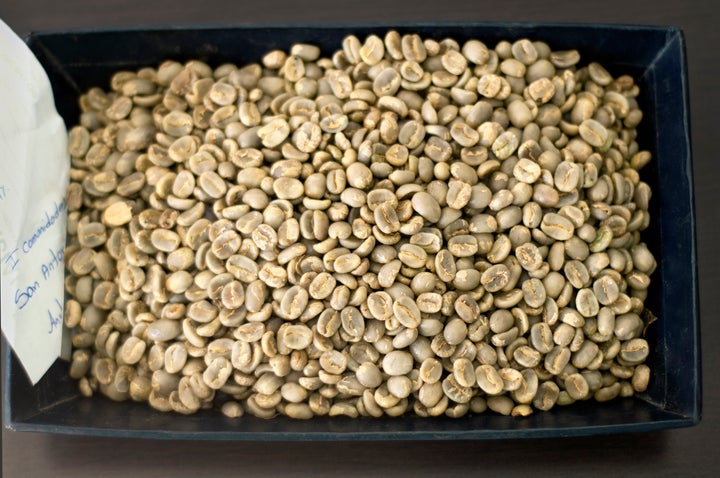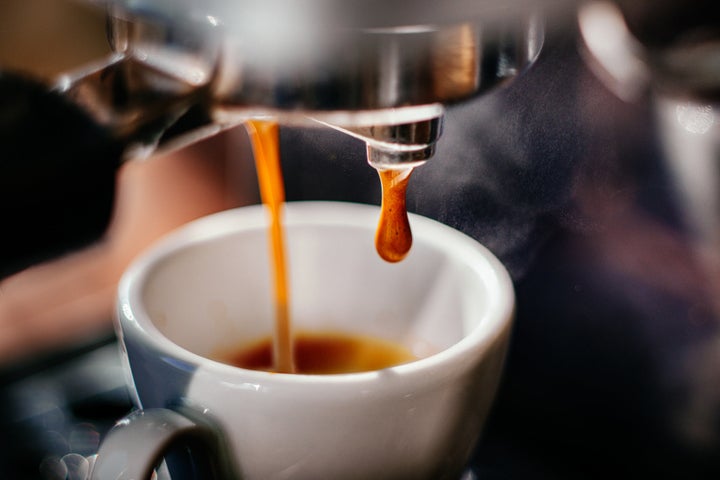Drinking coffee comes with a range of health perks, from liver protection to reduced risks of diabetes and heart disease. And if you'd rather score its benefits without the jittery shakes, decaf is the best way to go.
You may have heard there's actually some caffeine in decaf coffee, and it's true. But it would take quite a few cups to make you feel like you've had the real thing.
The decaffeination process usually removes 94 to 98 percent of caffeine from a coffee bean, according to Mental Floss. While the U.S. Food and Drug Administration doesn't have any regulations around what can be called decaf, the baseline is typically a coffee that's had about 97 percent of its caffeine removed, spokeswoman Deborah Kotz told HuffPost.
The average 16-ounce, caffeinated coffee has 188 milligrams of caffeine, while the average 16-ounce decaf has 9.4 milligrams, according to a 2006 study from the University of Florida. Researchers say you'd need to drink five to 10 cups of decaf in order to feel its effects.

Caffeine content in decaf coffee varies based on the type of beans used and the way they're decaffeinated. Decaf coffee beans are usually made via one of three methods, which use either water, chemicals or carbon dioxide to draw caffeine out of the beans.
The University of Florida study found cups of decaf can range widely in caffeine content, and it's rare to find a coffee that's completely decaffeinated.
For their study, researchers sampled decaf coffees from 10 different establishments in two states. The most caffeinated cup of decaf they found contained 13.9 milligrams of caffeine, about one-thirteenth of the average caffeinated cup. Only one cup was completely caffeine-free, from a store that used Folgers Decaf Crystals.

Espresso, which is prepared differently than regular coffee, varied too: Decaf espresso shots from the same batch of beanshad between 3 and 15.8 milligrams of caffeine, the study found. An average espresso shot contains 63 milligrams of caffeine.
Not to worry: Even if you land an especially caffeinated cup of decaf, it's unlikely you'll end up with the jitters, Dr. Bruce Goldberger, a professor at the University of Florida College of Medicine and one of the study's authors, told HuffPost.
"Likely nothing will happen if you drink a cup of decaf," he said. "The effects would be not noticeable."
Phew.